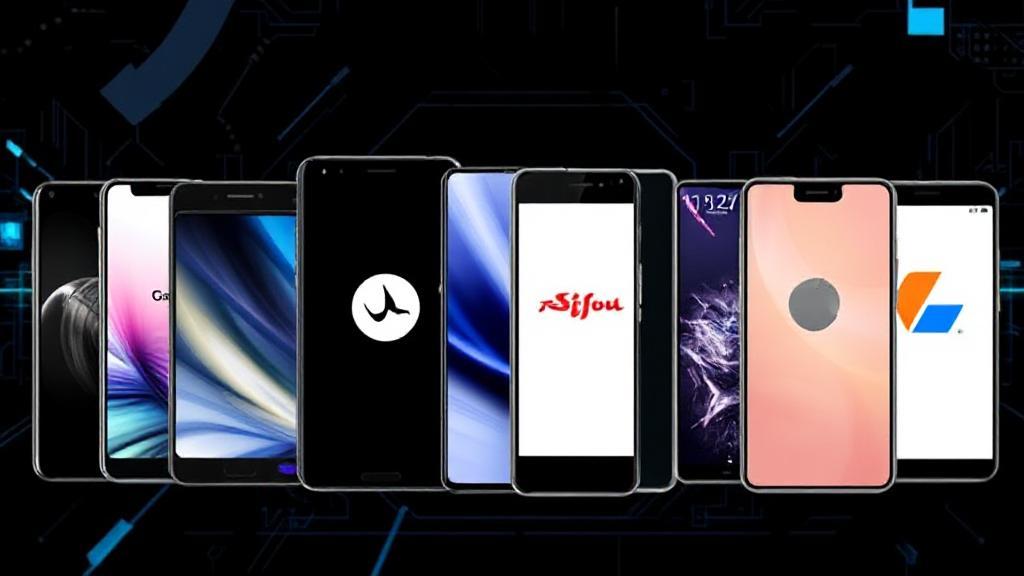Market Leaders and Innovation
In today's fast-paced digital world, smartphones have become an essential part of our daily lives. The smartphone industry continues to evolve rapidly, with several major players competing for market dominance.
Apple
Apple maintains its position as one of the most valuable phone brands globally. The company's flagship product, the iPhone, has set industry standards for performance and user experience.
Key Strengths:
- Seamless ecosystem integration
- Industry-leading privacy features
- Premium build quality
- Consistent software updates
- High resale value
Weaknesses:
- Higher price point than competitors
- Limited customization options
Samsung
As the largest phone manufacturer by volume, Samsung offers diverse options across all price segments.
Key Strengths:
- Innovation in foldable technology
- Extensive product range
- Superior display technology
- Strong Android customization
- Competitive pricing in mid-range segment
Weaknesses:
- Slower software updates compared to Apple
- Pre-installed apps can be excessive
While not leading in sales volume, Google's Pixel phones are celebrated for their pure Android experience and exceptional camera capabilities.
Key Strengths:
- Superior computational photography
- Clean Android experience
- AI integration
- Regular feature drops
- Extended software support
Weaknesses:
- Design may be less appealing compared to competitors
- Limited availability in some regions
Xiaomi
Xiaomi has rapidly grown to become a global powerhouse, offering exceptional value for money.
Key Strengths:
- Aggressive pricing strategy
- Feature-rich devices
- Strong presence in emerging markets
- Diverse ecosystem products
- Regular software updates
Weaknesses:
- MIUI can be cluttered with ads and bloatware
- Still building brand recognition in some regions
OnePlus
Known for their "Never Settle" philosophy, OnePlus has evolved from a flagship killer to a premium brand.
Key Strengths:
- Outstanding performance
- Fast charging technology
- Competitive pricing
- Clean OxygenOS interface
- Strong community engagement
Weaknesses:
- Camera performance historically behind competitors
- Limited availability in some markets
Market Performance
Recent market share data shows interesting trends:
| Brand | Global Market Share |
|---|---|
| Samsung | 21% |
| Apple | 18% |
| Xiaomi | 13% |
| OPPO | 10% |
| vivo | 9% |
Future Outlook
Emerging Technologies
The industry is witnessing several breakthrough developments:
- Under-display cameras
- Advanced folding mechanisms
- Satellite connectivity
- Improved battery technology
- Enhanced AR capabilities
Sustainability Focus
Phone manufacturers are increasingly emphasizing environmental responsibility through:
- Recyclable packaging
- Reduced carbon footprint
- Extended device longevity
- Repairability initiatives
- E-waste management programs
Consumer Considerations
"The best phone is the one that meets your specific needs, budget, and ecosystem preferences." - Tech analysts' consensus
When choosing a smartphone brand, consider these factors:
- Operating system preference
- Budget constraints
- Camera requirements
- Battery life needs
- Brand ecosystem integration
- After-sales support
- Software update policy
For more detailed comparisons and reviews, consider visiting tech review sites like TechRadar or CNET.
Notable flagship models include:
The competitive landscape continues to drive innovation across several areas:
